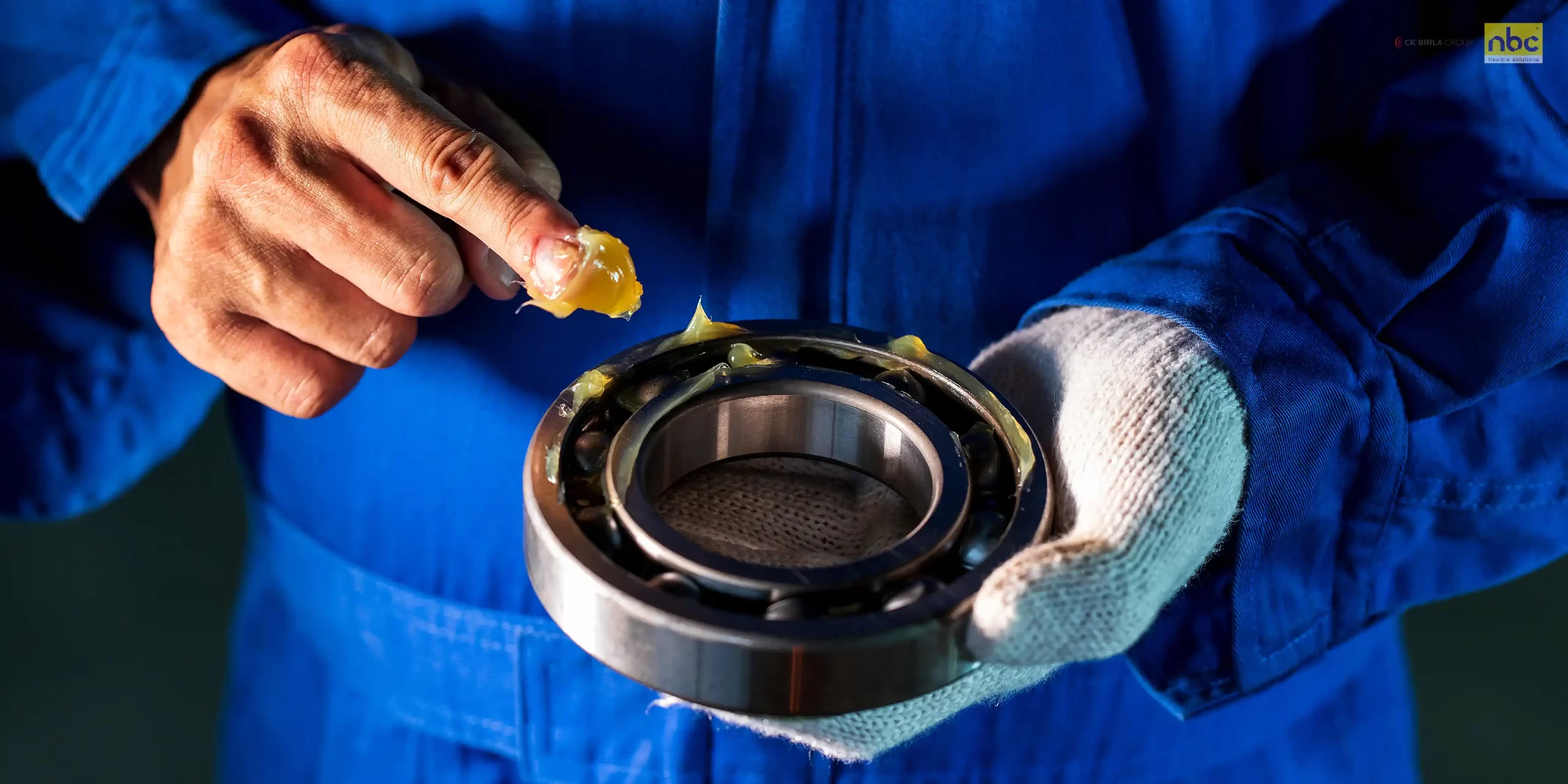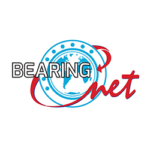Railways
Wagon Wheels
These iconic wheels have a rich history and a design that has evolved over centuries. Wagon wheels are wheel assemblies designed for various forms of transportation, from traditional horse-drawn wagons to modern railway cars. These wheels are typically large, and are engineered to carry heavy loads efficiently. They consist of several components that work together to ensure reliable and smooth movement.
Evolution of Wagon Wheels
The history of wagon wheels is linked with the history of human transportation. Their design has evolved over time to meet the needs of different eras and modes of travel, but the basic design consists of a rim, spokes, and a hub.
- Origins: The concept of wheeled vehicles can be found in archaeological sites from around 3500 BC. These were typically solid, and made from a single piece of wood.
- Spoked Wheels: Then came spoked wheels, like those seen on most wagons today, were more lightweight and efficient, making them suitable for a range of applications, including chariots and wagons.
- Industrial Revolution: During the industrial revolution, wagon wheels underwent significant changes. It was now under mass production with standardized designs. This made wagon wheels more accessible and affordable.
- Modernisation: Today, wagon wheels are made from steel and various alloys, and designed to meet the specific requirements of different vehicles.
Evolution of Wagon Wheel Designs
- Wooden Wagon Wheels: Once the standard, these are still used in traditional and decorative contexts, such as for reenactments or as nostalgic pieces of décor.
- Steel-Spoked Wheels: Modern wagon wheels, particularly those used in agriculture and transportation, are often made with steel spokes and a sturdy steel rim.
- Railway Wagon Wheels: Railway wagon wheels are engineered for use on tracks, featuring a specialized flange on the rim to keep the wheels on the rails. They are typically made from high-strength steel alloys.
Components of Wagon Wheel
- Rim: This is the outer ring of the wheel, which supports the tire. It provides structural integrity and shape to the wheel.
- Spokes: These are the rods that radiate from the hub to the rim, providing strength and stability to the wheel.
- Hub: The central component that connects to the axle. It serves as the point of rotation for the wheel.
- Tyre: The outermost layer of the wheel, often made from rubber, which makes contact with the ground and provides traction and shock absorption.
FAQ’s
What is the material of a railway wagon wheel?
Railway wagon wheels are typically made from high-strength steel alloys. These materials provide the necessary durability and load-bearing capacity for railway applications. They also help ensure that the wagon wheel performs even in high speed modes.
What is the size of a railway wheel?
The size of railway wheels can vary, but they are generally quite large, with diameters typically ranging from 28 to 36 inches for standard freight train wheels.
What is the weight of a train wheel?
The weight of a train wheel depends on its size, design, and load-carrying requirements. Standard freight train wheels can weigh hundreds of pounds each.
What types of wheels do trains have?
Trains typically have two types of wheels: driving wheels (connected to the locomotive’s engine) and non-driving or trailer wheels (found on railcars). The design and size of the wheels can vary based on their intended use.
Download Railways Catalogue
Our Offerings
NBC manufactures over 200 million bearings each year offered in 2300+ variants to serve the customers in Automotive, Railway, Aerospace and Industrial segments. Product range includes ball bearings, taper roller bearings, cylindrical bearings, spherical roller bearings, needle roller bearings, railway axle boxes and other special products.Latest Articles Updated Daily
Insight And Trends
Follow our latest news and thoughts which focuses exclusively on insight, industry trends, tip news headlines.
RFQ for Outbound FTL Transportation
National Engineering Industries limited is releasing a RFQ for outbound FTL transportation requirement for their Railway & LDB customers. For the said purpose, our e-auction
Read more

Bearings in the Mining Industry: A Comprehensive Guide
Unearthing precious metals calls for some heavy duty work that needs a highly reliable set of equipment. From crushers and conveyors to drilling rigs, every
Read more

Grease: Maximizing Bearing Performance
A Comprehensive Guide to Greases in the Bearing Industry Bearings are crucial components in a wide range of machinery, from industrial equipment to automotive systems.
Read more







Request more information
Leadership quotes


















